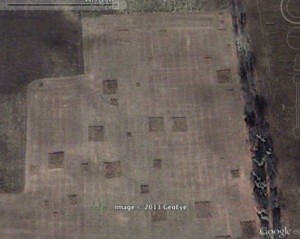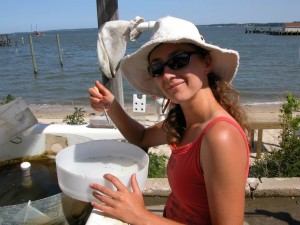Ever wonder that the Gulf of Alaska projects are and why we care about such a specific region here at NCEAS? Come find out at the next NCEAS roundtable! I will give a brief overview of the Gulf Watch Alaska Project and the role NCEAS has played in the ecological research up there.
Data archiving and maintenance was rather prehistoric in the 1980s when the Exxon Valdez oil spill occurred in Price William Sound. Therefore, wrangling historic data in “the last frontier” has proven to be quite the adventure! Our group will be writing two papers based on our experiences: 1) data recovery and archiving and 2) data collection for synthesis work . I’ll be introducing these papers and asking for feedback and suggestions on direction, format, etc. Hope to see you there!
Jessica Couture, MS
National Center for Ecological Analysis & Synthesis
University of California, Santa Barbara
couture@nceas.ucsb.edu




